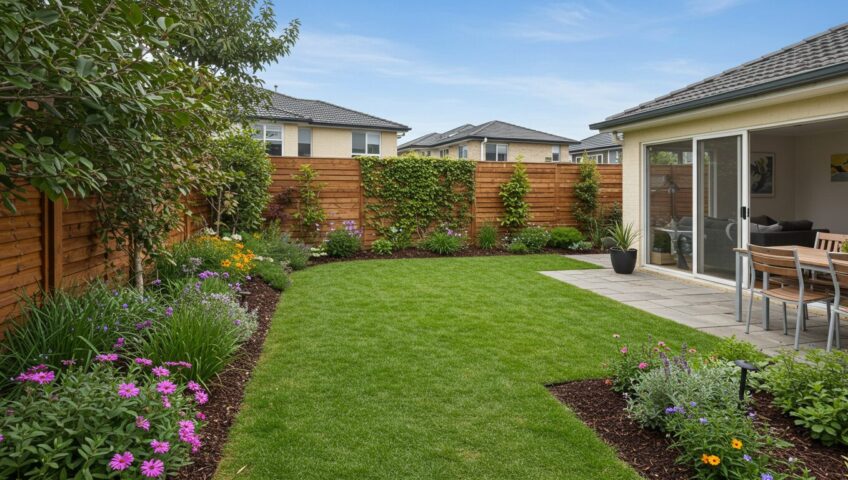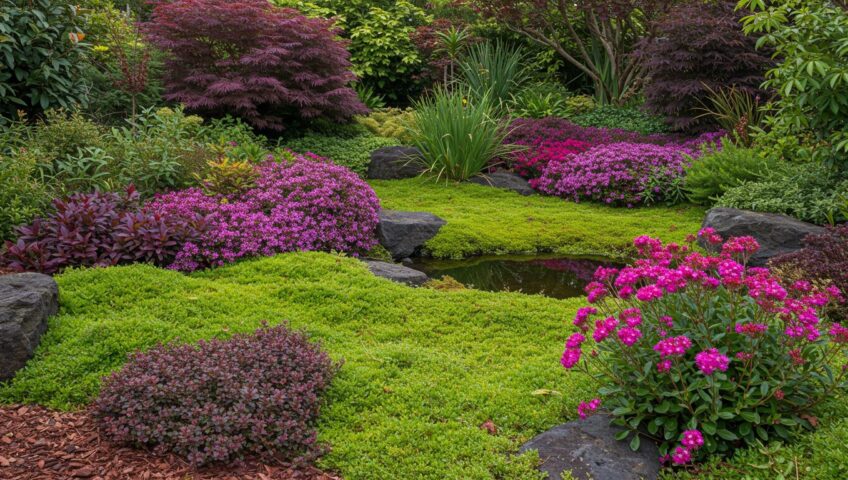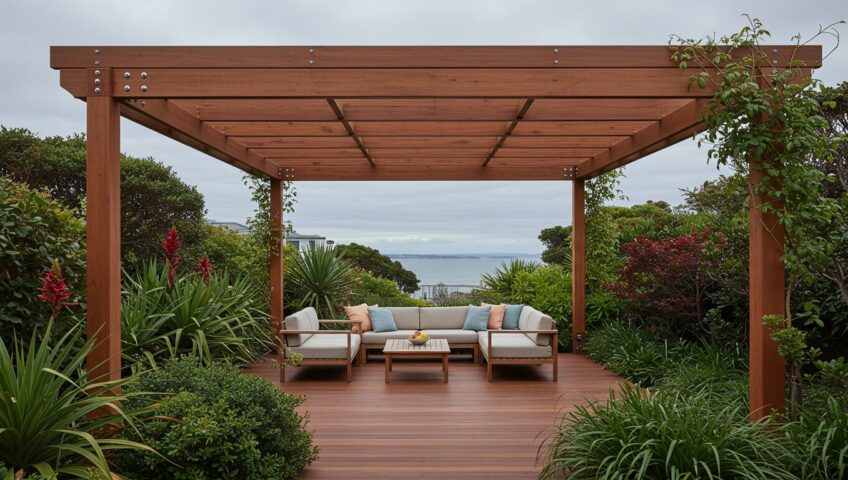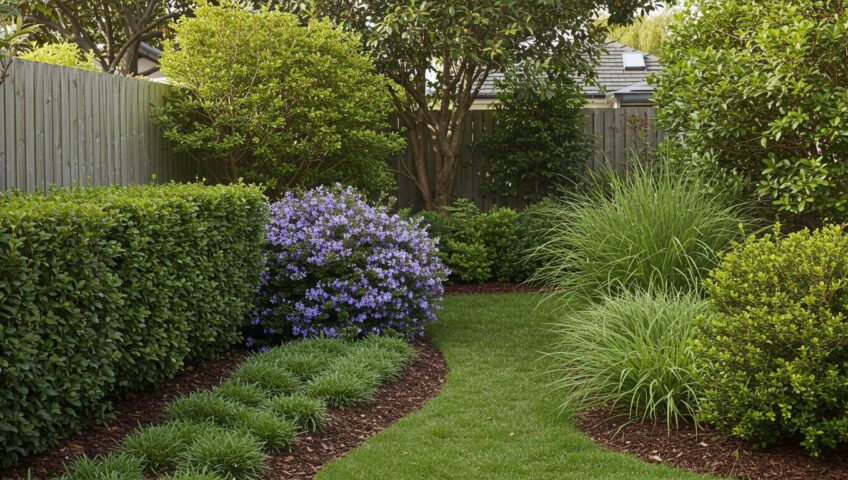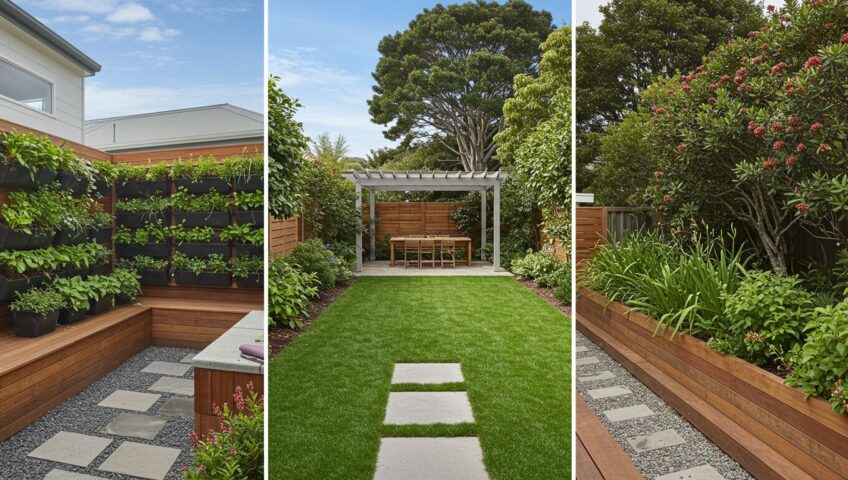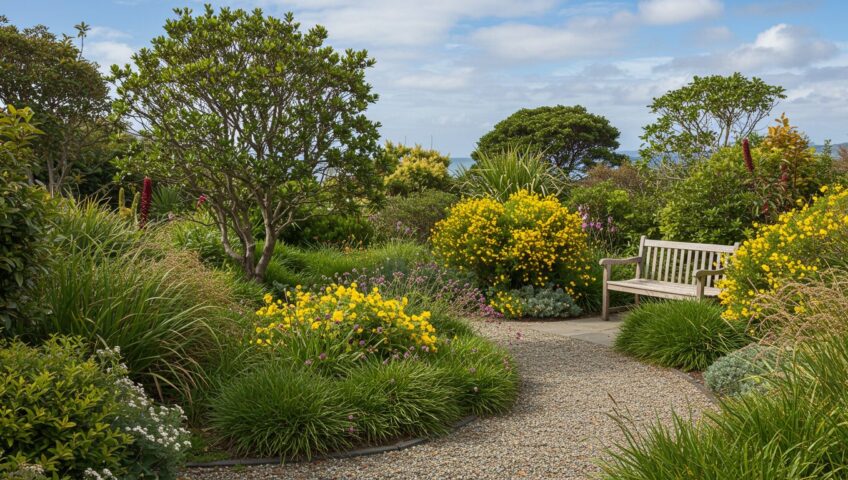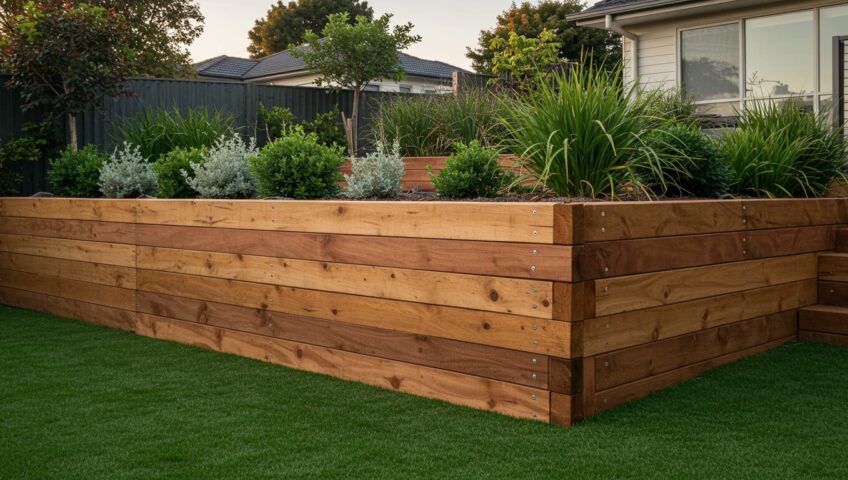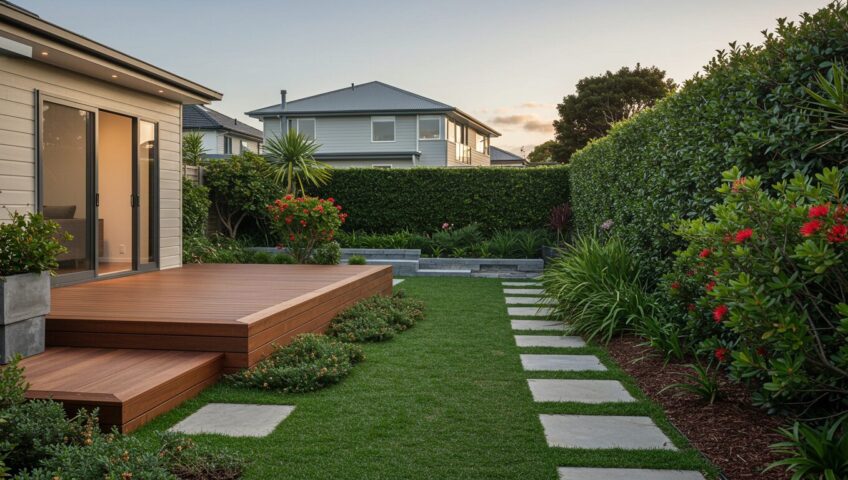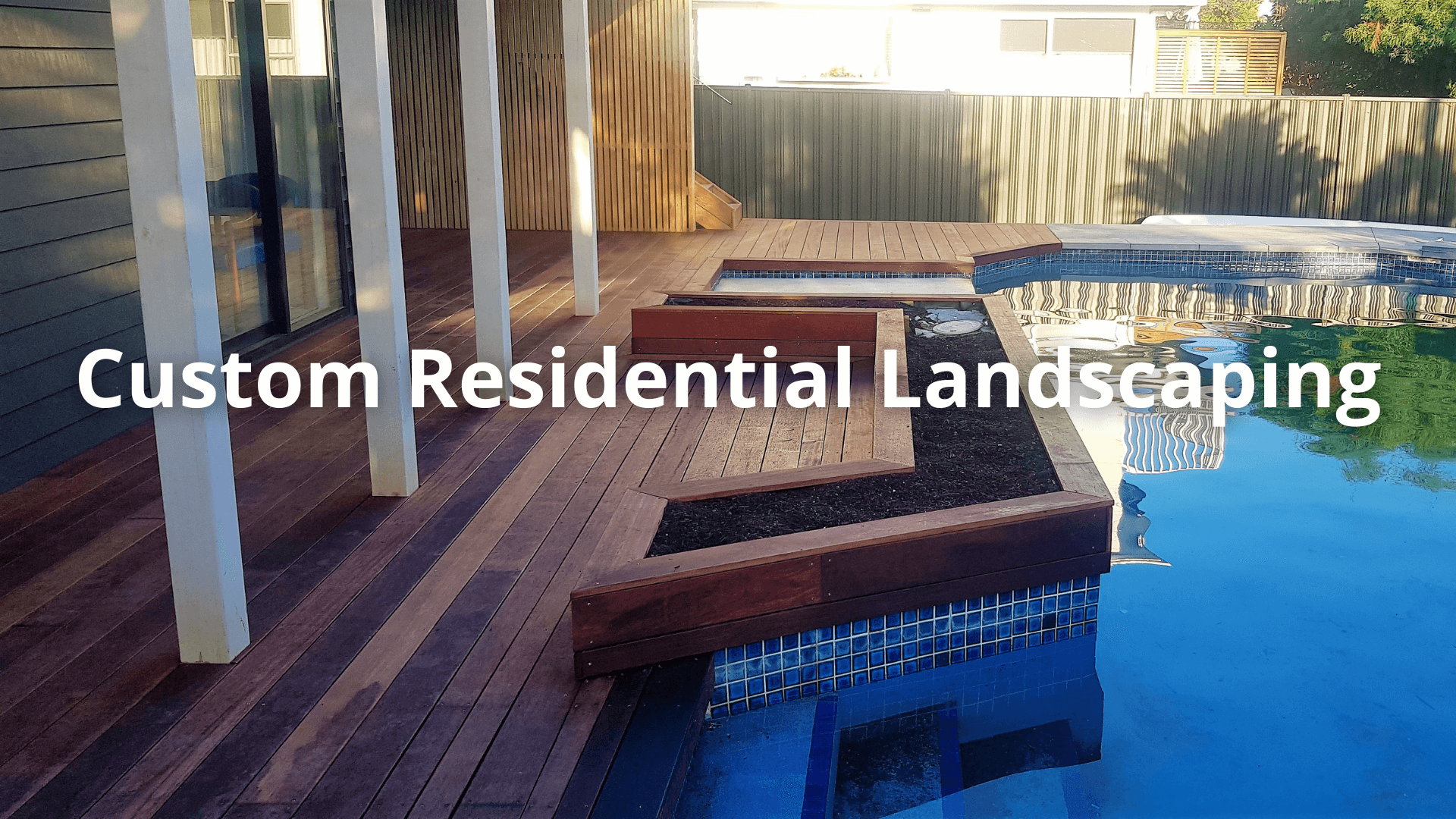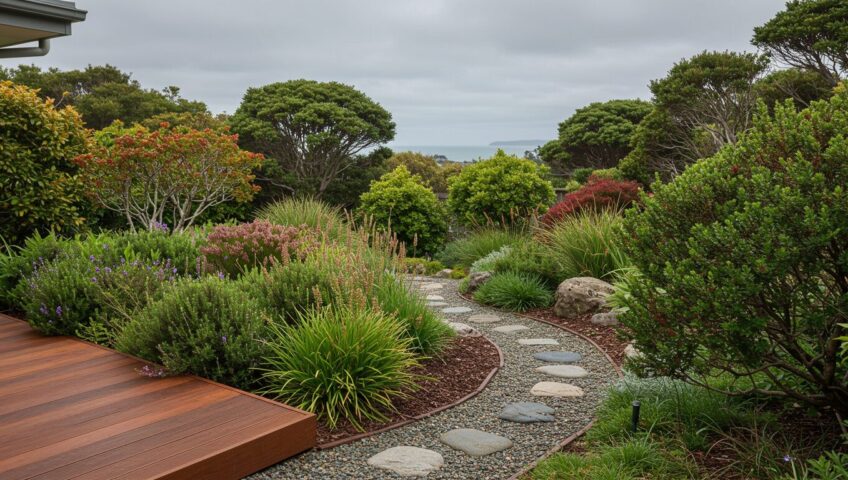
Designing With Nature: Landscaping Trends Inspired by the NZ Landscape
Designing With Nature: Landscaping Trends Inspired by the NZ Landscape
The NZ landscape is something truly special. From windswept coastal headlands to rolling green hills and native bush, New Zealand's natural environment is incredibly diverse — and here in Auckland, we get to experience a little bit of everything. That variety influences how we approach landscaping, and in recent years, there’s been a real shift toward working with the land rather than against it.
Today’s landscape designs aren’t about recreating something from a glossy overseas magazine. Instead, they’re about responding to what’s already there — the climate, the soil, the views, and the lifestyle. In this post, we’ll look at how the NZ landscape is inspiring local landscaping trends across Tāmaki Makaurau, and how you can bring that same approach to your own backyard.
Going Native: Why Local Plants Are Making a Comeback
One of the strongest trends in Auckland landscaping is a return to native planting. More and more homeowners are choosing species that are naturally suited to our local conditions. Plants like:
- Pōhutukawa for coastal flair
- Harakeke (NZ flax) for structure and texture
- Kōwhai to bring in the birds
- Griselinia for hedging and privacy
Not only do these plants thrive in our soil and climate, but they also need less water and maintenance than many exotic species. Plus, they help support our native wildlife — from tui and kererū to pollinating insects. If you're designing a garden in Auckland, native planting is a no-brainer.
Natural Materials for a Natural Look
Auckland’s volcanic history has gifted us with striking geological features, and this is being reflected in the materials we use. More landscapers are now choosing locally sourced, natural materials that feel like they belong in the environment, such as:
- Basalt or volcanic stone for retaining walls or garden edging
- Macrocarpa timber for decking, seating or raised beds
- River stones and gravel for pathways and water features
These materials not only look good — they also wear well and complement the existing NZ landscape. There’s a strong move away from artificial or overly polished finishes. Rough textures, earthy tones and natural variation are now seen as design strengths.
Smarter Water Management
With Auckland’s famously changeable weather — often swinging between dry spells and heavy downpours — modern landscaping needs to be water-wise. We’re seeing a rise in:
- Rain gardens
- Permeable paving
- Swales and soak pits
These features don’t just handle water better — they also look great when well-integrated into a garden design. Mimicking the natural flow of water across the NZ landscape creates outdoor spaces that are both attractive and functional, especially in our hilly suburbs.
Living Outdoors, All Year Round
Kiwis love the outdoors, and that’s reflected in how we use our gardens. One growing trend is designing for indoor-outdoor flow, creating spaces that feel like a natural extension of the home. Think:
- Covered decks that work in all seasons
- Outdoor fireplaces or fire pits for warmth and ambience
- Built-in seating and outdoor kitchens for entertaining
With our mild Auckland climate, these spaces can be used nearly year-round. Good landscaping brings comfort, function, and a strong connection to the surrounding NZ landscape.
Designing With a Sense of Place
Landscaping in Auckland isn’t one-size-fits-all. A garden in Piha will look very different to one in Remuera or Howick — and it should. The most successful gardens are the ones that reflect their local environment.
If you’ve got mature trees, build around them. If you’re near the coast, choose plants that can handle salt and wind. If you’re on a slope (as many of us are), make that an asset with layered planting or terraced levels. The NZ landscape provides the best design cues — we just need to pay attention.
FAQs: Landscaping and the NZ Landscape
What is the NZ landscape in a landscaping context?
The NZ landscape refers to the natural environment of New Zealand — including its terrain, native plants, soils, and climate — and how these influence garden and outdoor design. In Auckland, this often means volcanic soil, coastal breezes, and lots of rain.
Why are native plants recommended in Auckland gardens?
Native plants are better adapted to local conditions, meaning they typically need less water, fertiliser and upkeep. They’re also more resilient to Auckland’s weather and support local ecosystems.
What are the best materials to reflect the NZ landscape in garden design?
Natural, locally sourced materials like volcanic rock, macrocarpa timber, and river stone help create an outdoor space that looks and feels like it belongs in the NZ landscape.
How does the NZ climate affect landscaping in Auckland?
Auckland’s climate — mild and humid with seasonal rainfall — means you need good drainage, hardy plants, and materials that can handle moisture. Water management is just as important as plant choice.
Can I landscape without removing native bush or trees?
Absolutely. In fact, keeping mature trees or regenerating bush can add huge value to a garden. A good landscaper can work around these natural assets to create a space that enhances, rather than replaces, the existing landscape.
Final Thoughts
Landscaping in Auckland is about more than just making your section look good — it’s about designing something that works with the land, lasts over time, and feels uniquely Kiwi. By taking cues from the NZ landscape, you can create an outdoor space that’s not only beautiful but deeply rooted in place.
Whether you're starting from scratch or just tweaking an existing garden, let the land lead the way.
